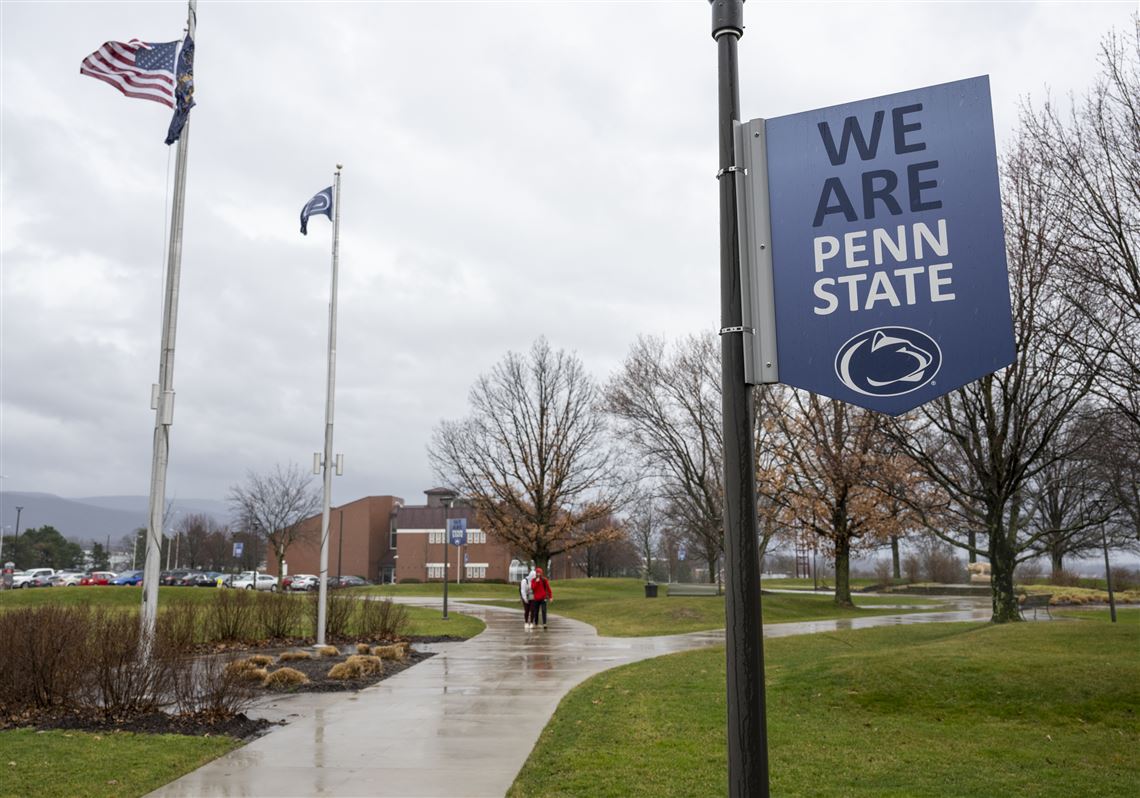An academic program review of Penn State’s 19 commonwealth campuses could lead to changes in program offerings at the financially struggling campuses.
University officials are currently determining “areas of excellence” and “ways to cut or streamline expenses” at each branch campus, according to a Feb. 29 letter to commonwealth campus faculty and staff from Margo DelliCarpini, Penn State’s vice president for commonwealth campuses and executive chancellor.
Reducing costs could be achieved by “adjusting program offerings” that are duplicative, unnecessary or undersubscribed, a news release says.
“If we have courses that don’t attract students, we are not being good financial stewards of our students’ tuition dollars — this is applicable across our full enterprise, here at campuses, University Park or the World Campus,” Ms. DelliCarpini wrote. “The [program review] process will help us all determine the right degree portfolio by location and provide the data and rationale for more flexibility in our offerings.”
The Feb. 29 letter comes on the heels of Penn State’s January announcement that it could slash $54 million — or 14% — of funding from the commonwealth campus budget in fiscal year 2026.
Many of these institutions have been plagued by years of enrollment declines and financial struggles. In the Pittsburgh region, all five branch campuses have watched their student populations fall in the past decade. Enrollment challenges have been most pronounced at the Shenango and Fayette campuses.
The university has yet to detail plans for individual campus cuts. Ms. DelliCarpini would like to announce preliminary campus-level allocation amounts later this spring, the release says.
Three working groups have been tasked with analyzing finances, academics and policies at each branch campus. The groups, which are composed of different commonwealth campus leaders, will share executive summaries with Penn State leadership.
The executive chancellor, who began leading the branch campuses in the fall, told faculty and staff that the university needs to “embrace a more sustainable business model.” Plans for the branch campuses must be realistic and viable, she said.
“Changes need to occur,” Ms. DelliCarpini wrote. “What might have made sense decades ago may not make sense today.”
She specifically referenced University College, an administrative umbrella of 14 branch campuses that offer baccalaureate and associate degree pathways in addition to 2+2 transition opportunities. All five commonwealth campuses in the Pittsburgh region — Greater Allegheny, Beaver, New Kensington, Fayette and Shenango — are part of University College.
“These are not independent entities — and we must look at duplication of services in every area, such as the registrar, enrollment management and admissions,” Ms. DelliCarpini said. “It is important that we continue to come back to our top priority: the success of our students — which means we must evaluate our operations to ensure we are responsible stewards of their tuition dollars with every step we take.”
As of 2023, Penn State faced a $63 million deficit that school leaders hope to balance by fiscal year 2025. Money concerns have already brought on a hiring freeze and funding slashes.
But those financial decisions — and potential next steps — haven’t been without controversy. In February, Penn State’s Faculty Senate requested details about the university’s budgeting process and methods amid the branch campus cut proposal.
Potential campus cuts have also prompted advocacy efforts and an open letter to Gov. Josh Shapiro and Pennsylvania legislators that urges lawmakers to intervene before cuts could come to fruition.
First Published: March 15, 2024, 9:30 a.m.
Updated: March 15, 2024, 8:50 p.m.



















